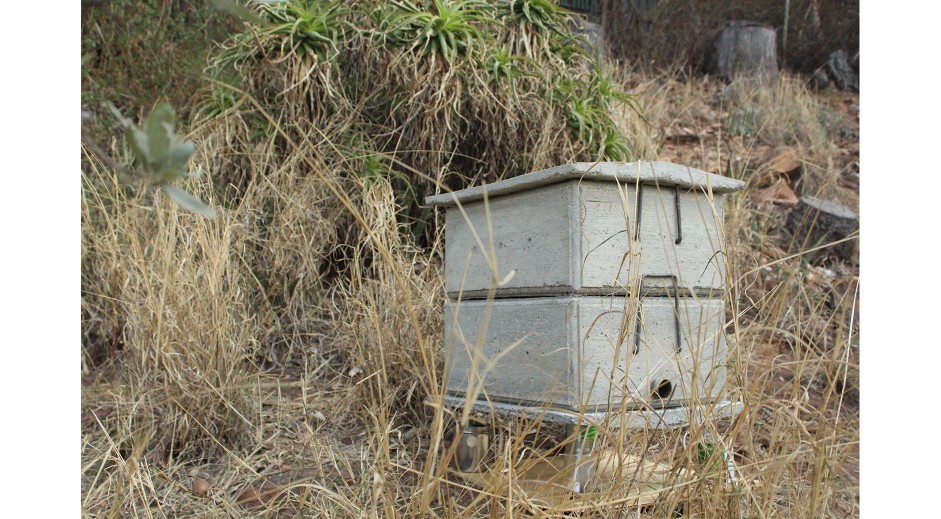Is this the new Langstroth hive?
by August Easton-Calabria

Starting the practice of beekeeping can be a daunting task, especially considering the dire state of bee populations worldwide today. Beekeepers in Johannesburg, South Africa, are facing the same declining bee populations that are being seen in the United States. Not only are South African honey bees afflicted by the usual diseases and pesticides, they are also threatened by fires, honey badgers, and even vandals and thieves. This has caused beekeepers’ to lose up to thirty percent of their equipment each month according to Ivan Brown, a design student at the University of Johannesburg.
These losses have caused beekeeping to become an unsustainable practice in the region. Recognizing this problem, Brown began working to create a solution with Beegin Urban Beehive, a resourceful new beehive now three years in the making. Made out of concrete, it is markedly more durable and protected than conventional wooden beehives. Even better, Brown’s goal is to make sure the beehives remain both affordable and easily manufactured. Molds for the beehive are available to beekeepers so that they can continue to create beehives on their own, needing only the concrete that the beehives are made of.
Johannesburg, and South Africa as a whole, has seen a shift toward urban agriculture. This movement has increased access to local, healthy produce for marginalized populations by empowering these communities to produce their own food. The kind of technological innovation Ivan has created fits naturally with this trend toward sustainable farming. Urban farmers need pollinators for their crops, and if beekeeping is a viable, cheap option it can create an added revenue source for farmers through the harvesting of honey. This brings us to the most intriguing advancement this kind of beehive has shown: the honey bees in these beehives have shown a dramatic increase in their honey production.
Honey bees keep the temperature inside the beehive highly regulated between 90 and 95 degrees Fahrenheit in order to maintain the health of their brood. However, doing so uses energy and requires that honey bees eat from their honey stores. Brown’s beehives are made of concrete, a better insulator than wood. This allows for a beehive that experiences a more stable temperature throughout the day. Ultimately, the honey bees can spend less time cooling their beehive on hot days and more time foraging for honey.
All in all, Brown says this has increased honey stores by about three hundred percent in the beehives he’s produced. Along with increased durability and accessibility, increased honey production in Brown’s beehives could make the practice of beekeeping more sustainable and appealing in Johannesburg, something that is much needed for both the urban farmers there, and their pollinators, alike.